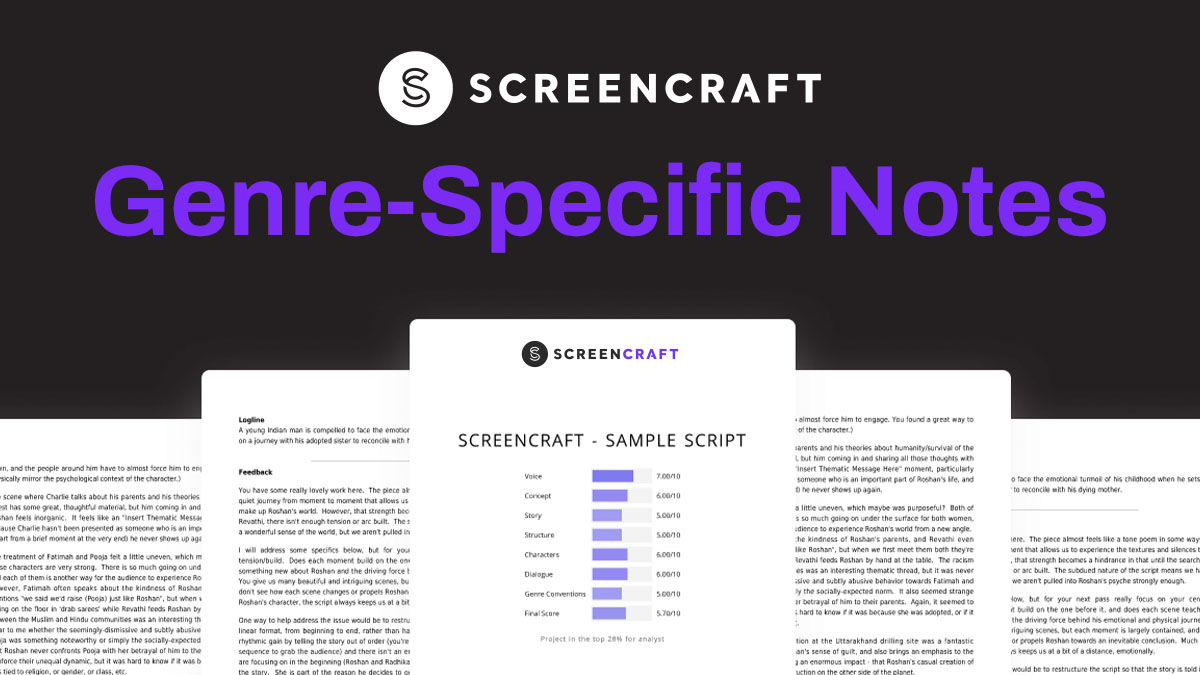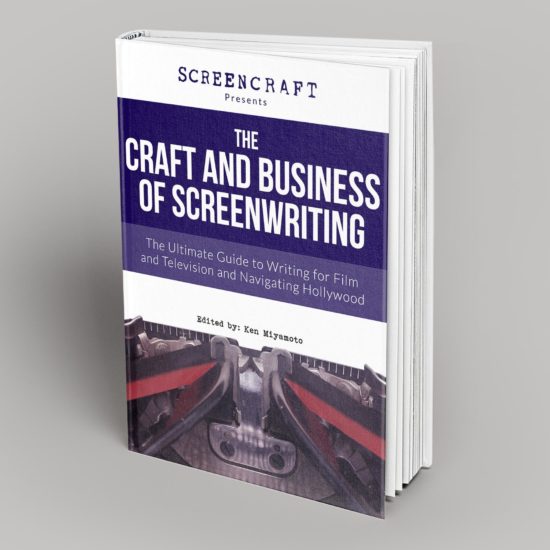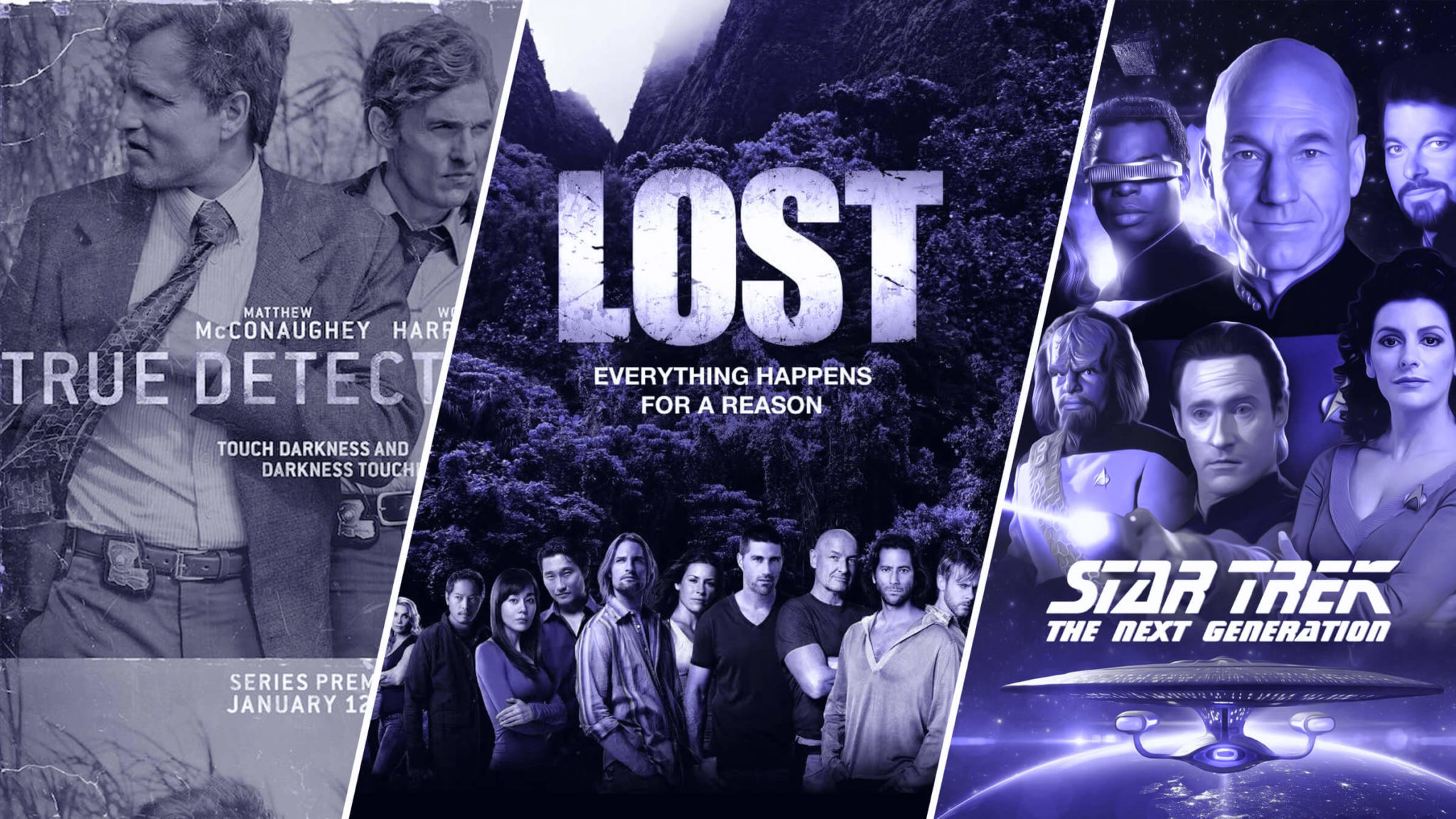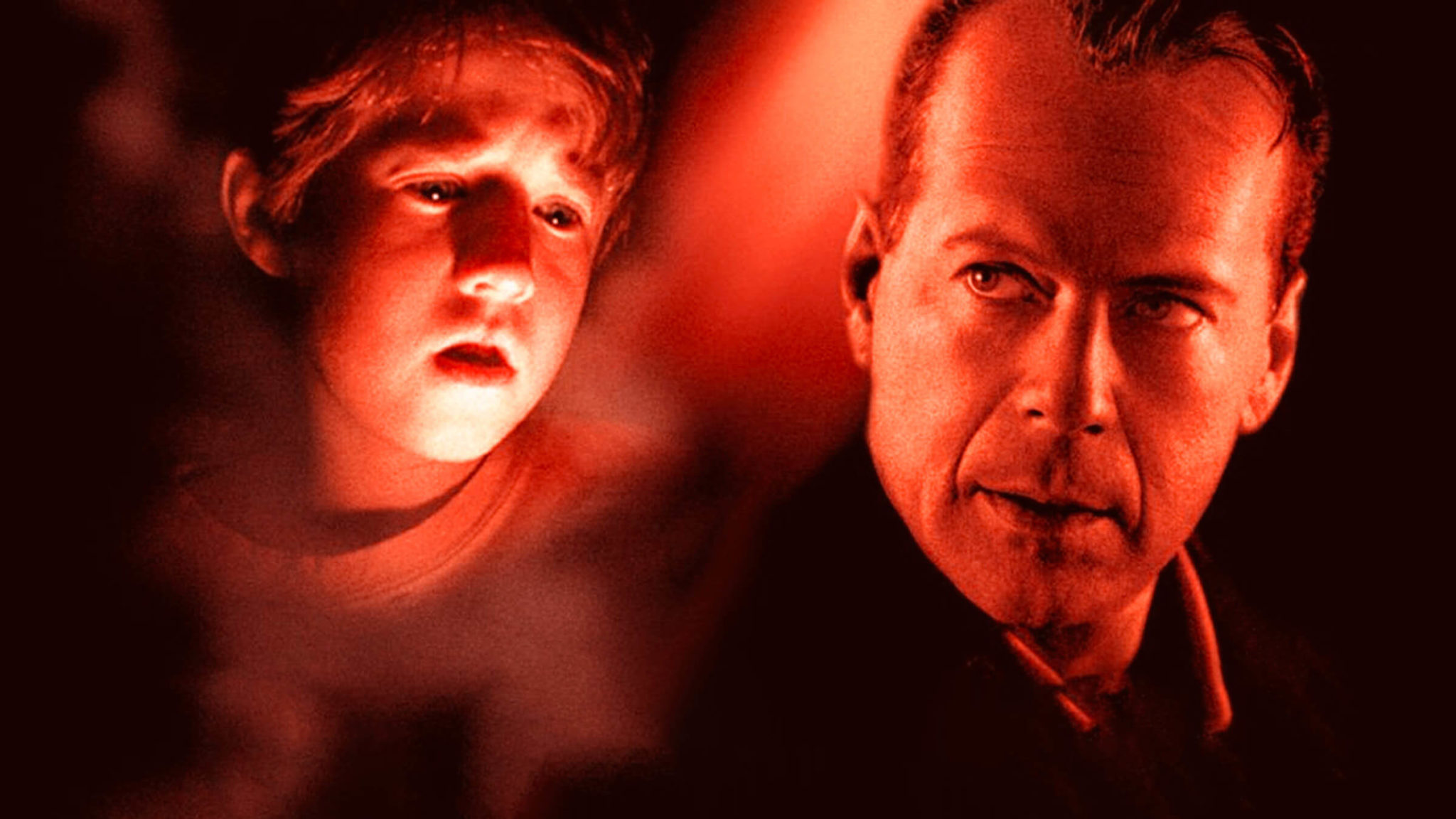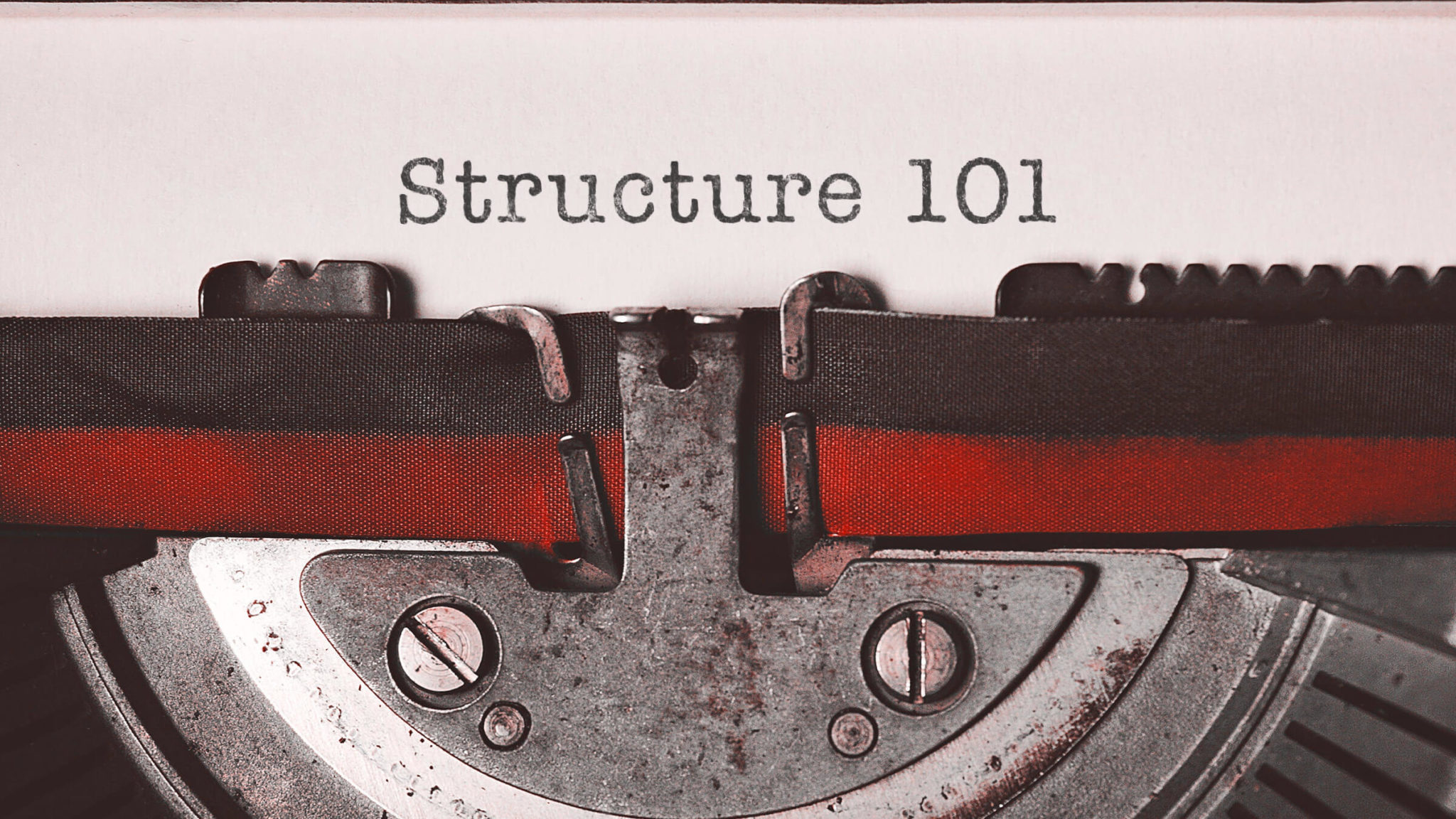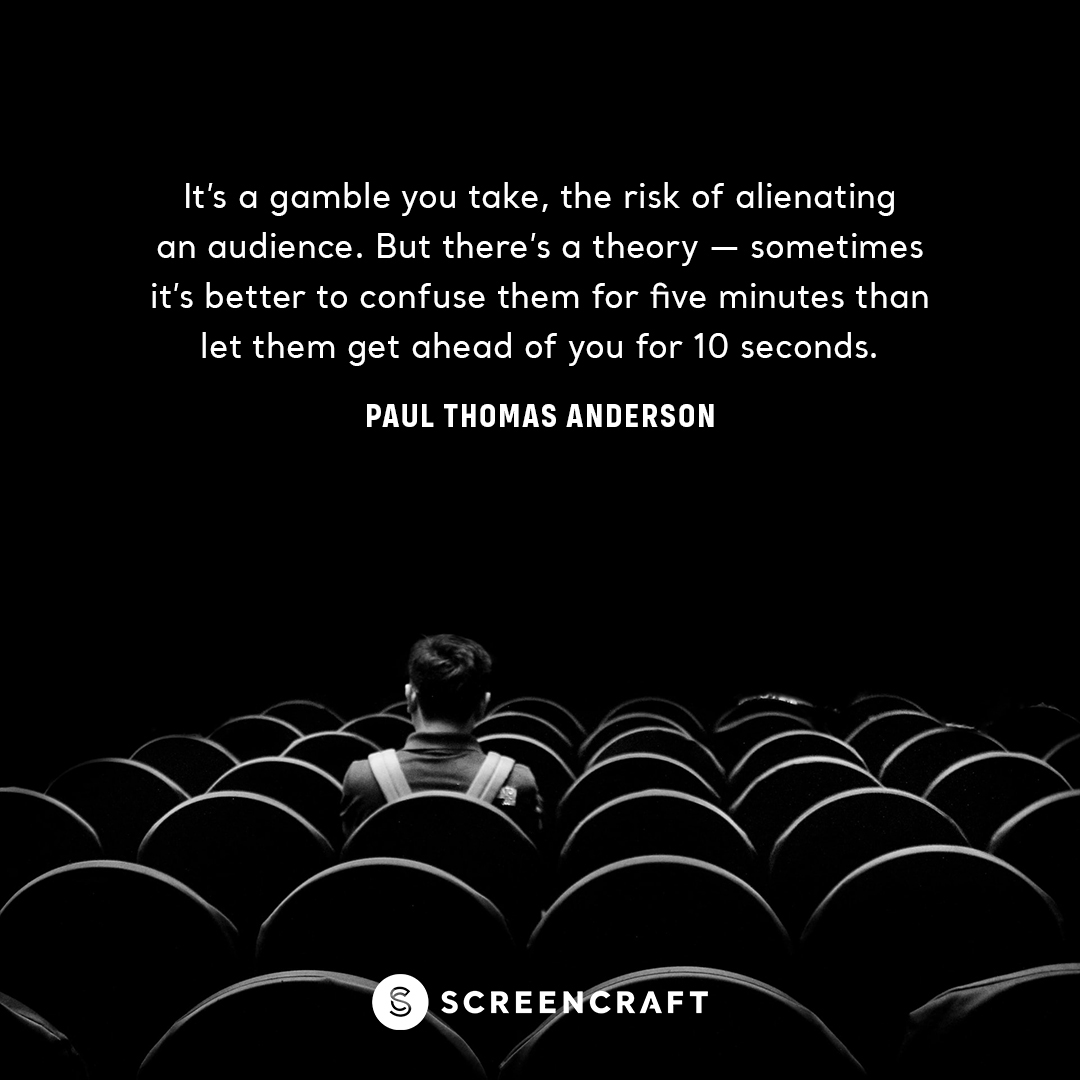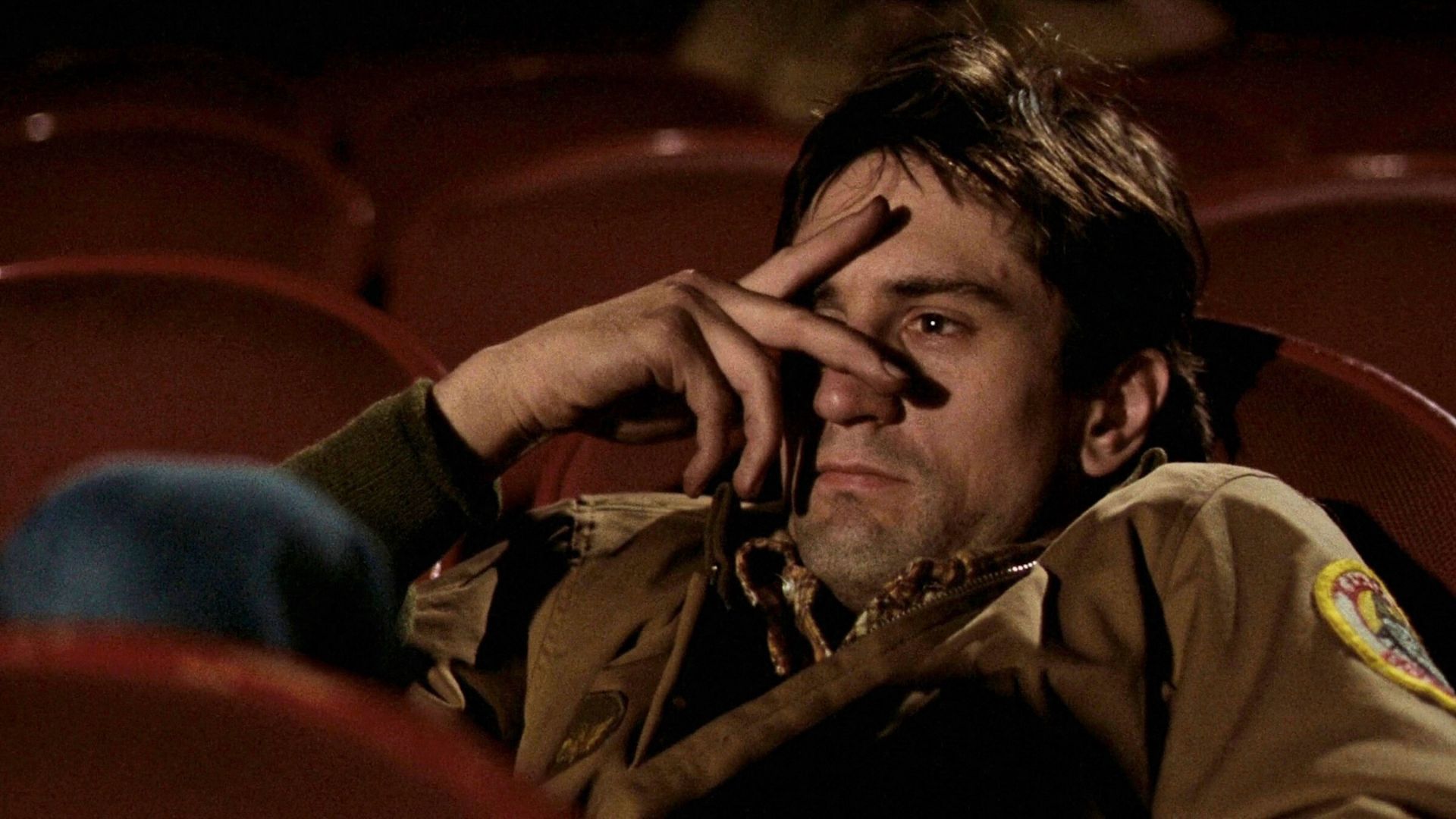
What are micro-budget screenplays, what are the key directives to writing one, and why do screenwriters need to know?
No-budget movies are the types of projects that you shoot with your friends.
Low-budget in Hollywood is high six-figure to very low seven-figure budgets. And then there's the micro-budget film, stuck right in between those two.
Micro-budget films are the playing fields of beginner screenwriters. Such productions have budgets ranging from high four-figures to very low six-figures — $7,000 to $150,000 for a ballpark estimate.
While $150,000 may seem like a lot of money, it's not that much in the eyes of a film production. But it sure is enough to take the quality level a step above no-budget films. You have to remember that it costs a lot to make even an average film look good.
You're not picking up a camera and shooting with your friends anymore. Some investors have been brought in now. The filmmakers are generally playing with other people's money unless they are investing their own trust funds or nest eggs (not a good bet), so costs need to be kept to a minimum.
This is where the screenwriter comes in. Whether you plan on writing a micro-budget screenplay to get something made, have partnered with someone in your network that has raised the money, or you've been hired on assignment by a lower tier production company that specializes in specialty or genre films, you need to know how to write a micro-budget screenplay.
Here are simple and easy steps to follow.
1. Write for What You Have

When you're dealing with this type of tight budget, the production won't have the money to pay for extensive locations, vehicles, weapons, wardrobe, etc.
If you're writing on assignment, you'll be made aware of what is available and what is not.
If you're writing on spec, you're likely planning on shooting this yourself or partnering with a peer.
Regardless, you have to write for what you know you'll have available for production.
If you need a house location, see who is willing to lend over their house for hours at a time. If you need a semi-truck, talk to the local trucking company or that uncle who happens to be a trucker. If you need acres of woods, talk to a local property owner and see if they'll let you shoot on their land for free. If you have a friend or family member that has a unique house, trailer, cabin, or car, that adds production value.
The key is to explore what you have or can negotiate for free. And then write that into the script. And sometimes that can be fun.
2. Micro-Budget Locations

Every time you switch to a different location in a scene, that's money spent moving equipment and crew, setting up shots, setting up craft services, etc. And it also takes a lot of time. And time is money, especially in indie filmmaking.
So take your story and condense the physical location needs as much as you can.
Why do you think so many production companies like contained thrillers? They're cheap to make because there are only a couple of locations.
If you can keep the action, comedy, suspense, scares, or drama in just one to two locations, you're saving the eventual production upwards of tens of thousands of dollars.
3. Micro-Budget Speaking Roles
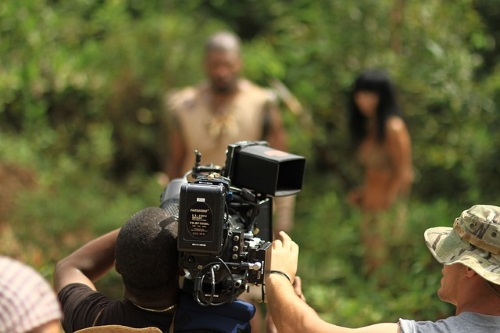
You're well past the stage of hiring your buddies to say the lines by this point. You're playing with other people's money, so the production needs to hire professional actors.
Every character you write not only costs the production money for actor salaries, but also for the time and expense to film them.
Condense your story to the point where it only needs a handful of actors. Eliminate characters that are just saying one or two lines throughout the whole script. Shy away from writing in child characters because they take time to shoot multiple takes and often have scheduling issues that your production manager won't want to deal with.
Writing just one or two characters not only saves the production time, money, and resources, but it also allows you to focus your narrative and expand their character arcs.
4. Be Aware of the Weather in Your Script

It's very easy to write a scene that takes place during a rainfall or snowfall, but what happens if your actors and locations are only available during dry summer months?
It costs a ridiculous amount of money to create a weather setting that doesn't exist during production. The secret is to write scenes that aren't influenced by the weather. That way, if it does or doesn't rain or snow, it won't affect the story.
Be a fair weather writer when it comes to micro-budget screenplays.
5. Don't Write Period Pieces

Period wardrobe costs money and is often difficult to find. And depending on the story you write, you may also need period vehicles and settings.
This is a micro-budget screenplay. You want to cut costs in your writing, not add to them.
However, if you are wanting to write a Civil War-era story and happen to know a bunch of re-enactors or if you're shooting a contained story set in the Middle Ages and know of a local Ren Faire that may be willing to help out, then you're able to follow Step #1 guidelines in your favor.
6. Micro-Budget Movie Extras

This one is simple — don't write scenes that require people walking in the background (unless you work Step #1, that is).
It's easy to say, "Well, I can just call up the local school and church, or just put up a flyer asking for one hundred movie extras willing to work for the thrill of being in a movie." That's a naive approach. You have to think this through. Managing hundreds of extras is a logistics nightmare, even for major Hollywood productions. You also have to feed them and provide bathrooms, as well as a space to congregate within in between shots.
Skip the extras and keep your micro-budget story personal and intimate.
7. Micro-Budget Stunts

Yes, it's fun to write fight scenes and exciting stunts, but when you're working in the micro-budget market or below, it's pure hell when it comes to time and money.
If your story absolutely needs them, do your best to pare them down to simple acts that most actors can do themselves (running, jumping, driving).
And don't forget that, yes, you need to purchase insurance for your film. And when there are stunts involved, insurance skyrockets.
8. Micro-Budget Effects (Practical or Digital)

Micro-budget productions don't offer a lot of extra funds for special effects. As a screenwriter, you need to be well aware of what you're writing because every choice is a possible added cost.
Someone getting shot by a gun is an added cost (weapon, safety lead, blanks, squibs, fake blood, etc.).
Someone getting sliced by a machete is an added cost (stunt weapon, makeup, fake blood, etc.).
Someone flying in a spaceship is an added cost (digital effects, green screens, etc.).

While certain iconic filmmakers like Robert Rodriquez (El Mariachi) have pinched pennies very well in their debut films, you need to be aware of the work involved in doing what they did. Cutting down those needs is a must.
9. Write What Sells

The romantic sentiment of, "I just want to make my story come to life and nothing else matters," is pure naivety. If you and your friends are making a no-budget flick that you can shoot in your backyard, that sentiment is fine. It's fun making movies.
But when you're writing a micro-budget film that is going to likely require investors — even if it's Uncle Morty or Aunt Donna — you need to think about writing something that is going to sell.
If you're on assignment, that's already been done for you.
Period pieces and dramas don't usually sell unless names are attached. Small, quirky talking head comedies will hinge on the performances, but they aren't desirable for streaming channel or DVD/Blu-ray distributors. The best options are contained science fiction, action, suspense thriller, and horror concepts. Those types of films, when made well, are the better click baits when it comes to streaming channels.
Remember that the main priority of investors is to make their money back. A distribution deal is a key to that happening.
10. Simplify, Simplify, Simplify

Keep. It. Simple. Screenwriter.
The final step is to go through all previous nine steps, then take a look at the script as a whole, and simplify everything to the finest detail, in regards to production needs.
The great thing about these production limits is that it forces you, the screenwriter, to be much more creative in how you tell an engaging cinematic story.
Simplify the concept.
Simplify the conflicts.
Simplify the characters.
Simplify the story.
Simplify the plot.
Simplify the action.
Simplify the locations.
The more you pare down the script, the better micro-budget screenplay you'll have.
Bonus Step — Avoid the "Talking Heads" Trap
With all of that said and done, you need to remember to avoid the indie filmmaking trap of making talking-head movies.
Yes, dialogue scenes between two or three characters are very easy to shoot. However, they are incredibly boring for the audience — and they certainly don't scream "exciting" for the potential investors and distribution companies either.
Most would rather have a script that barely has any dialogue, instead relying on creative conflict, tension, suspense, mystery, scares, or thrills.
Despite the forced limitations mentioned above, the micro-budget screenplay is one of the most creative ventures a screenwriter can embark on.
Remember that in Jaws — a big-budget feature in its day — was forced to keep the money shots of the shark out of the picture, due to the shark not working. These constraints created some of the most thrilling sequences in the history of cinema. Steven Spielberg was forced to think of more creative ways to scare us.
Thus, screenwriters should embrace the micro-budget screenplay. You also increase the chances of seeing a script you've written produced. And these days, with hundreds of thousands of hopeful screenwriters in the world, that is a commodity that is hard to come by.
But you have to know how to write them. And these ten steps will hopefully point you in the right direction.
Ken Miyamoto has worked in the film industry for nearly two decades, most notably as a studio liaison for Sony Studios and then as a script reader and story analyst for Sony Pictures.
He has many studio meetings under his belt as a produced screenwriter, meeting with the likes of Sony, Dreamworks, Universal, Disney, Warner Brothers, as well as many production and management companies. He has had a previous development deal with Lionsgate, as well as multiple writing assignments, including the produced miniseries Blackout, starring Anne Heche, Sean Patrick Flanery, Billy Zane, James Brolin, Haylie Duff, Brian Bloom, Eric La Salle, and Bruce Boxleitner. Follow Ken on Twitter @KenMovies
For all the latest ScreenCraft news and updates, follow us on Twitter, Facebook, and Instagram.
Tags
Get Our Screenwriting Newsletter!
Get weekly writing inspiration delivered to your inbox - including industry news, popular articles, and more!



